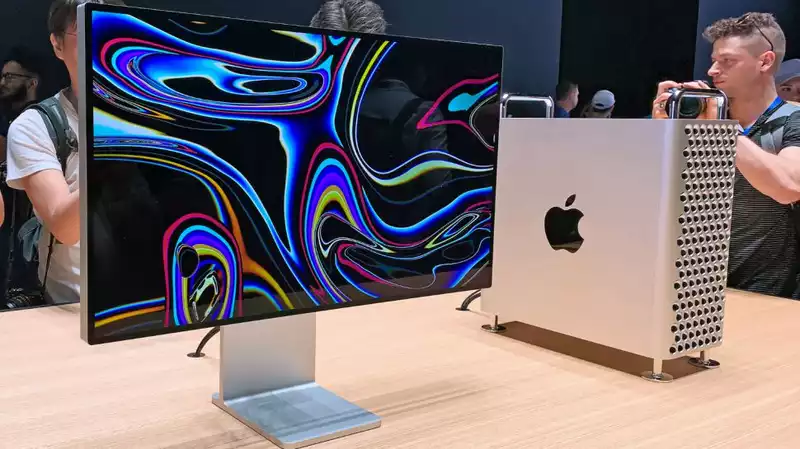Apple's patent application, published last Thursday, details a new multi-view screen technology that allows multiple viewers to watch different content on a single screen simultaneously. This could pave the way for monitors and displays to be used by multiple people simultaneously.
Patent application 20210099692 was discovered by PatentlyApple this week and offers a glimpse of possible future features and products Cupertino may offer, ranging from laptops, tablets, monitors, and even TVs.
Apple's patent application titled "Method and Apparatus for Operating a Lenticular Display" shows a lenticular layer paired with a video display to show "different content at different angles."
While most proof-of-concepts of the technology are built around showing one set of images to one user or different images to two users, Apple's patent application "any number of users may be present in the illustrated operating environment and be presented with different content" and claims to be able to serve more than two users.
Lenticular displays use a series of lenses manufactured on a single transparent sheet, with the individual lenticules displaying different parts of the image depending on the position of the viewer. Traditionally, lenticular displays are paired with prints or displays that slice an image into fine vertical stripes; by alternating the strips from one image to another, the viewer can change viewing angles and see a series of images. Two or three such split images can be used on baseball cards or Happy Meal toys to make them appear to be moving. It can mean a moving cartoon character, or it can create the illusion of an object in 3D.
Lenticular displays do something similar by matching lenticules to individual scan lines on the display; if one set of scan lines shows one video and another set shows something different, one display can be used to show different videos to different users simultaneously.
Apple's proposed multi-view screen uses more than a simple lenticular layer. Lens technology would be incorporated alongside a camera to track the user's position. Liquid crystal layers can guide the image to different specified viewing angles, and color filters can keep the filtered image clear and undistorted.
Apple's patent application provides an example of using this technology to show different rated programs for different family members, showing TV-MA rated programs for adults and more age-appropriate programs for children. An interesting suggestion is to show an edited version of the same program to younger viewers, allowing all family members to watch the same program, but with age-appropriate editing for each family member who might be watching.
This is not the first time lenticular displays have been used in consumer technology. The Nintendo 3DS uses lenticular displays to provide glasses-free 3D, creating the illusion of depth by offering slightly different images for the user's right and left eyes. Other attempts to use similar lenticular technology have tried to extend the concept of glasses-free 3D to laptops and televisions, but these products never caught on.
This is not even the first time Apple has toyed with the idea of using lenticular screens in its displays. In 2016, the company filed an application to use the same technology as a privacy tool, limiting screen visibility to users and restricting viewing from an angle, which could be used to sneak a peek at sensitive or personal information.










Comments